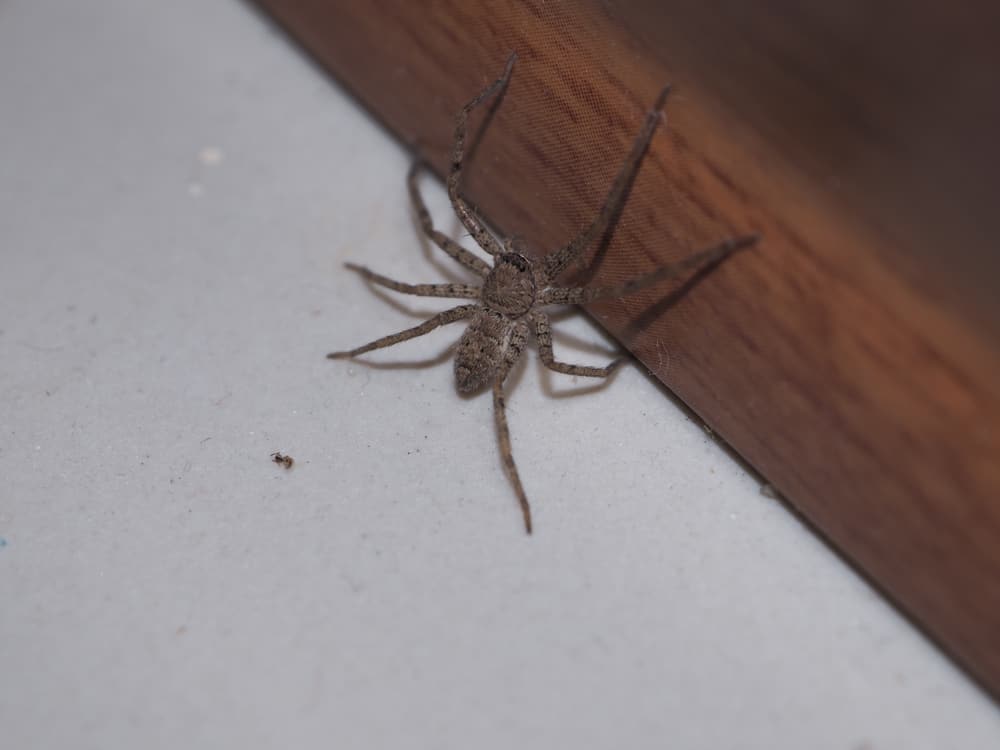Pests come in all types, shapes, and sizes, but indoor pests that make their nests inside our houses are arguably the most annoying. Such insects, even more so than rodents, can be incredibly frustrating to deal with as they are small and inconspicuous enough to grow their colonies inside our homes’ floors and walls without us even noticing until it’s too late and whole-house fumigation is required.
What’s more, every area, state, and country has different pests to worry about, depending on its climate. So, here we’ll take a look at the 8 most common house bugs in Nebraska.
8 Common House Bugs in Nebraska
There are a lot of bugs common to NE, be it in downtown Omaha or the more rural areas. Not all of them are house bugs, however, so we won’t count common pests such as ticks, chiggers, and others that may occasionally be brought indoors by people but their habitat isn’t really indoors – it’s not where they lay their larvae, where they grow, and where they thrive.
Rodents are also out of this list as we’ll only be talking about bugs. Rodent pest infestations are hugely problematic for obvious reasons but rodent pest control is a different thing altogether.
1. Cockroaches
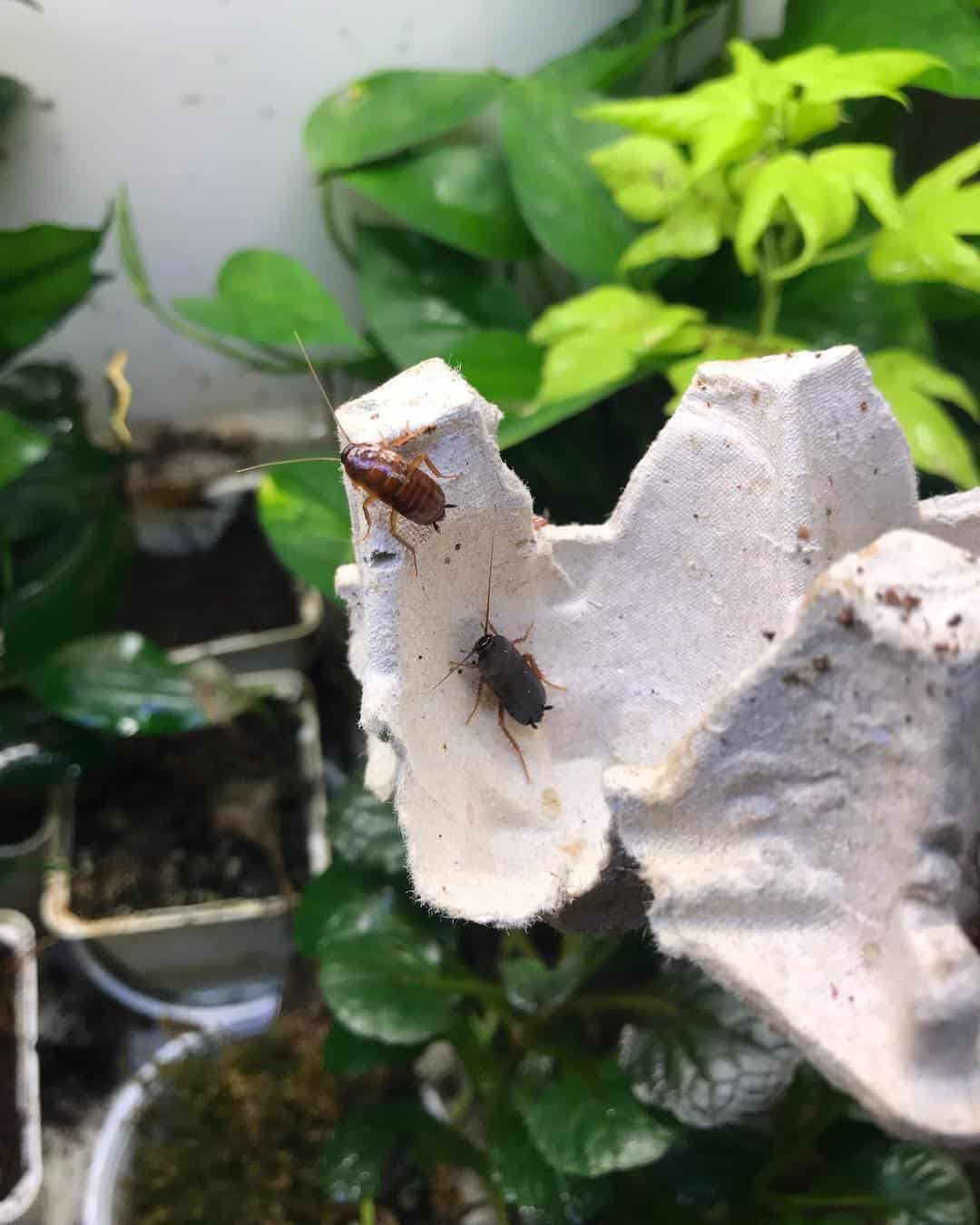
Credit: reinhartreptiles
There are countless different species of cockroaches in North America but only a few of them are known as house pests. In Nebraska, all three of the common house-invading roaches can be found – German cockroach, Oriental cockroach, and American cockroach.
While those three are different in size and appearance, dealing with either of them fast is equally important. Proper indoor cleanliness and the preventative treatment of common entry points are a must, as is reacting to the problem decisively as soon as you notice it. Do keep in mind that different types of cockroaches sometimes require treatments so you should always make sure that you identify your pests first.
2. Bed bugs
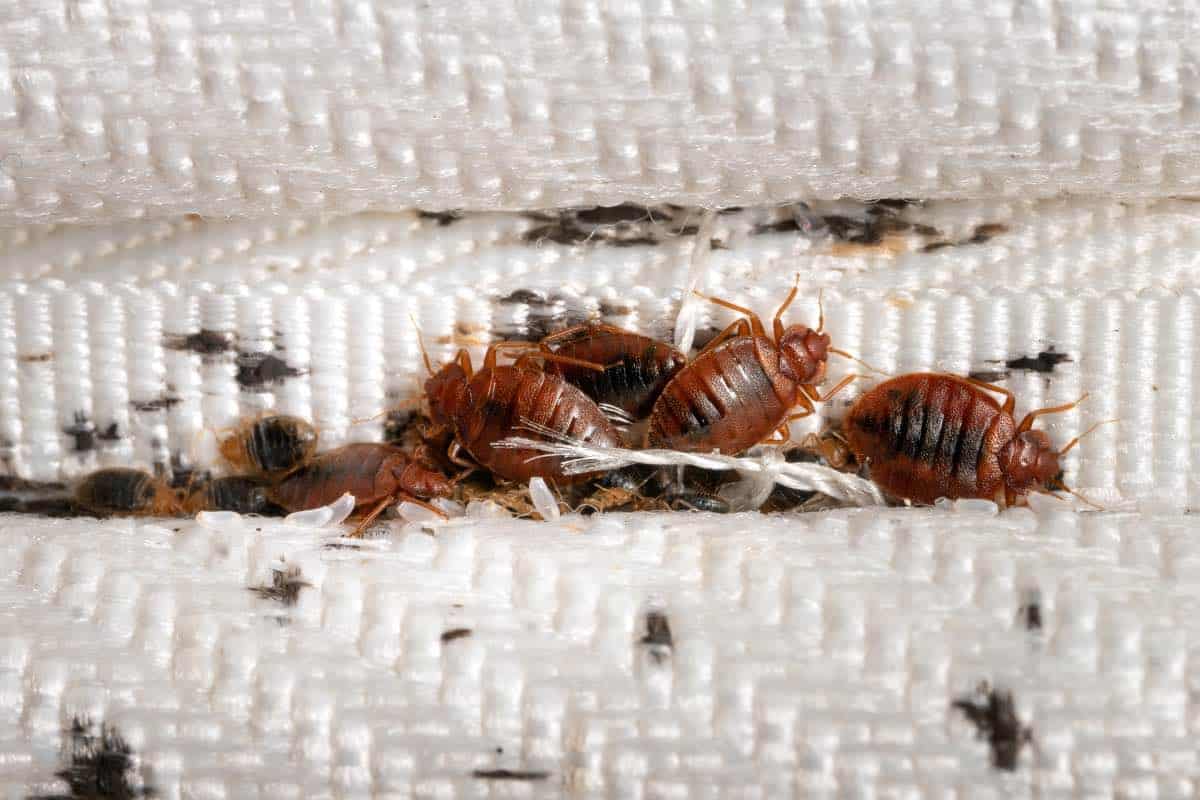
Credit: planetnatural
Bed bugs are a different type of pest from most others as their presence doesn’t really depend on any outdoor climate or environment. Instead, bed bugs are an entirely indoor type of pest that spreads from one home to another by hitchhiking on people. This means that they are as common in Nebraska as they are pretty much anywhere else in the world.
Bed bugs are also incredibly troublesome to deal with because their infestations usually remain undetected until it has gone quite a bit out of hand. The way to deal with them is to properly identify the presence of a bed bug bite as soon as possible and then find the infestation before it’s become unmanageable.
3. Mosquitoes
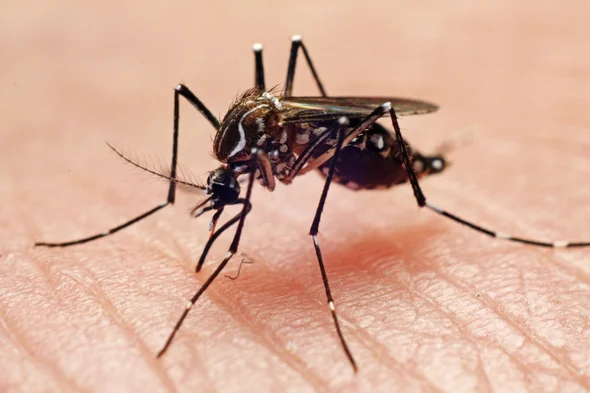
Credit: scientificamerican
An even more common pest, mosquitoes don’t usually lay their eggs indoors unless you’ve got a sufficiently sizable and suitable indoor garden. In that sense, they are more of an “all-terrain” pest as they can pester people both indoors and outdoors. They are also very common disease spreaders and often carry with them the threat of malaria, yellow fever, dengue fever, and other diseases.
That being said, we do consider them house bugs as they don’t just end up indoors occasionally but they go out of their way to infiltrate indoor spaces where they can prey on people. The good news, however, is that mosquitoes are quite easy to keep out of homes as it’s usually enough to just install proper mosquito screens on your windows. The bad news is that dealing with them outdoors is still quite troublesome.
4. Wasps, yellow jackets, bees, and hornets
These are a whole different class of flying pests than mosquitoes and they don’t really spread diseases. Additionally, there are pretty major differences between some of these insects, with bees being much less harmful to people while also being very beneficial to the environment while wasps and hornets are the opposite – they can be quite aggressive and dangerous but they have few to no beneficial aspects.
We do group them all together, however, as all of these can nest near, on, or even in buildings, and all of them can be dangerous, especially to people who are allergic to insect stings. So, dealing with a bee, wasp, or hornet nest as fast as possible is always a must, although it is preferable to deal with bee nests in a non-lethal manner such as moving their bee hive to a new location.
5. Subterranean termites
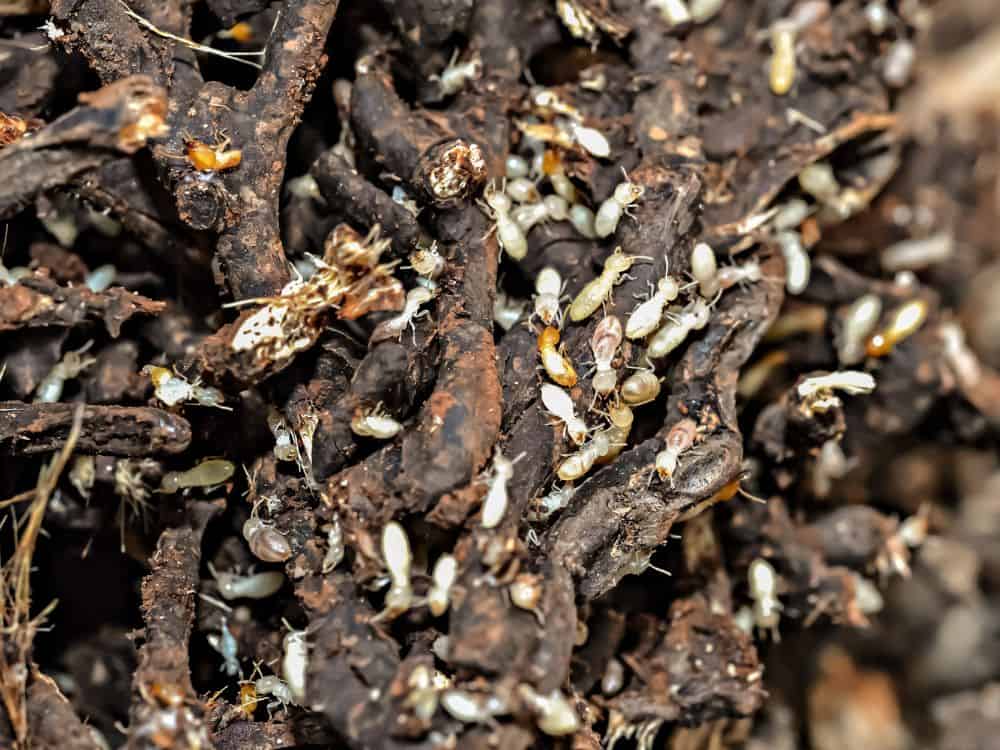
Termites are one of those pests that aren’t really harmful to people but are rather problematic to our properties. And this can sound like a lesser problem at first until you see just how bad termite damage can be to structures.
Funnily enough, in nature, termites are seen as beneficial insects because they help get rid of decaying wood. This can be a big issue for people, however, as termites can’t really distinguish between a tree log in the forest and a house’s wooden foundations. Furthermore, because these insects live, spread, and eat underground, they are often very difficult to spot.
So, it’s incredibly important to watch out for signs of their presence and to take action as soon as you suspect something is afoot.
6. Ants

There are quite a few ant species of ants that can be problematic for homeowners in Nebraska such as Odorous house ants, Pharaoh ants, Pavement ants, and others. All of these have different characteristics and, fortunately, none of them are as troublesome as the infamous red fire ants and carpenter ants.
Still, a substantially large indoor ant infestation can be a huge annoyance and it can be difficult to deal with. Ant prevention is usually the easiest and most important step as it’s much easier to keep these insects away than to deal with them – as long as you keep your home and the area around it clean, and as long as any cracks and crevices in your house’s exterior are properly sealed off, an ant infestation is incredibly unlikely.
If you do notice signs of ant presence indoors or even just near your home, however, it’s wise to take action immediately as you very well may need to start deconstructing the floorboards or fogging your home to deal with the problem.
7. Spiders
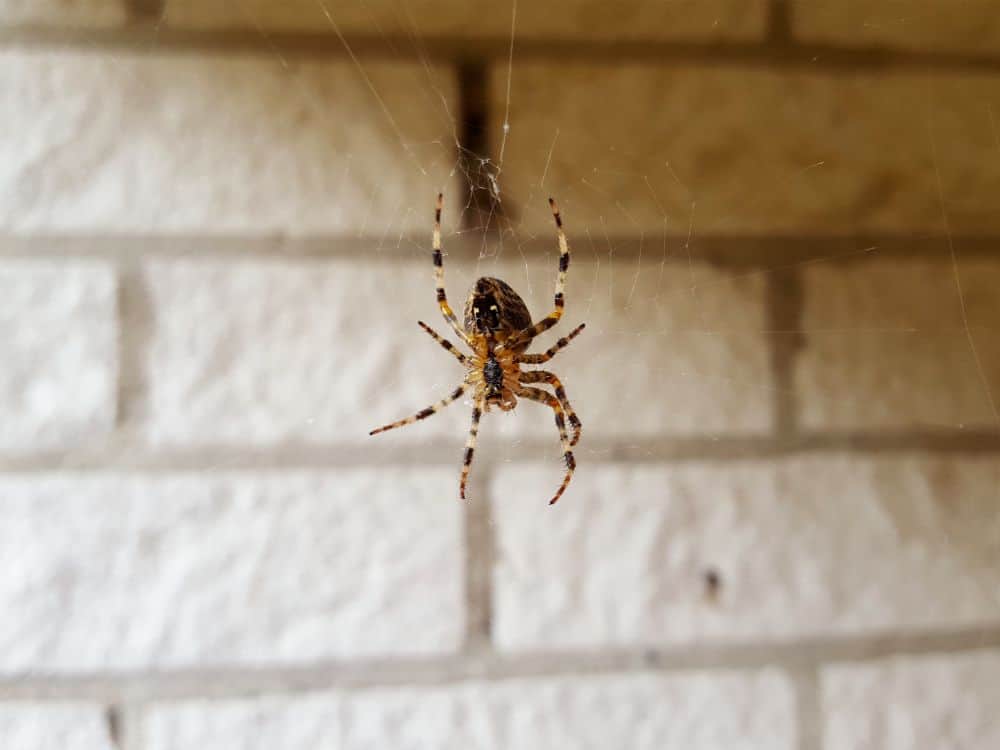
Spiders are rarely dangerous and are even seen as beneficial both to the environment around us and even to our homes. That said, there are some types of spiders that can be harmful to people and especially to kids if they happen to bite us. What’s more, if left unnoticed for long enough in places such as crawl spaces or garages, spiders can grow in number rather fast.
The spider species to watch out for in Nebraska include yellow sac spiders, black widow spiders, and wolf spiders. The former are particularly troublesome while the latter two species rarely cause problems unless they feel actively threatened.
8. June bugs, Box elder bugs, and other seasonal invaders
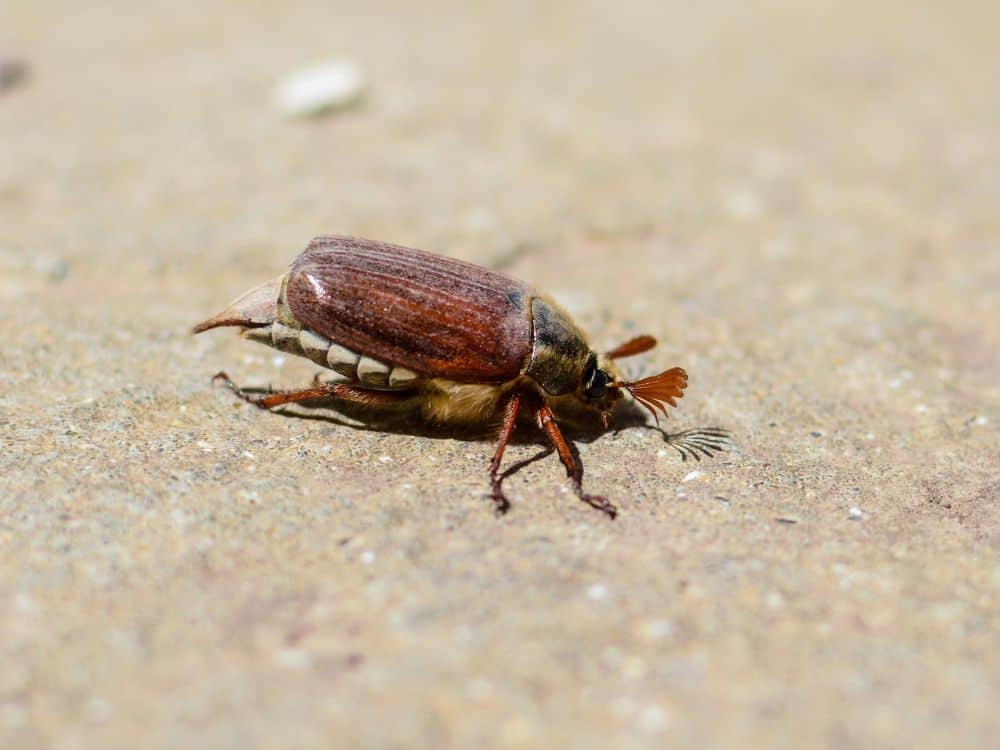
There are a whole host of bugs in NE that aren’t really “house bugs” all year round but can be occasional seasonal invaders in our homes, especially if you have a lot of house plants. Insects such as box elder bugs, June bugs, and many others aren’t as troublesome as some of the others on this list but they are still annoying.
Fortunately, dealing with them is usually easy, and preventing them is even easier as a simple mosquito screen tends to do the trick most of the time.
In conclusion
Those are the 8 types of house bugs we’d recommend Nebraskans to be the most wary of. There are many other occasional house invaders, of course, such as brown recluses, butterflies, the Japanese beetle, or the brown marmorated stink bug.
The brown recluse spider is especially notorious for its nasty bite, however, it’s not really native to Nebraska. Some such spiders can occasionally be found in the southernmost parts of the state but they are typically native to areas south of NE.
All in all, while lists such as the one above can be frustratingly long and full of unwanted house invaders, the good news is that the pest control and prevention methods for most of these pests are more or less the same. To be safe, we need to properly seal off the exterior of our homes, clean and maintain all crawl spaces, basements, and attics, and do routine maintenance of all interior spaces.
If you do this and you’re also mindful of what you’re bringing home with your luggage, clothes, and purchases, you’ll almost certainly have a pest-free home for a long time.
